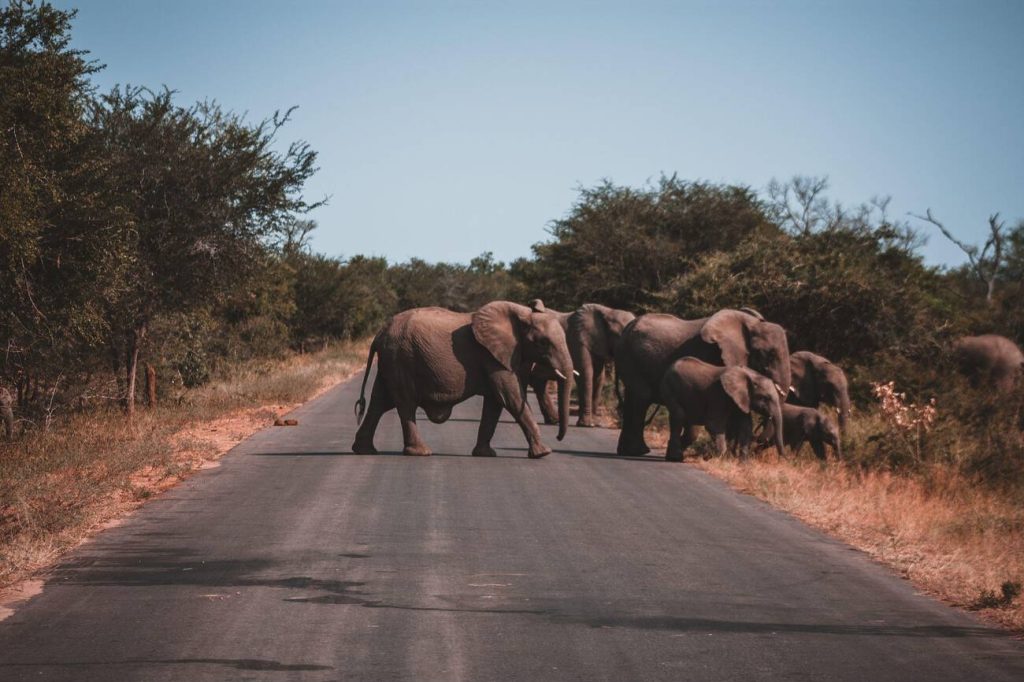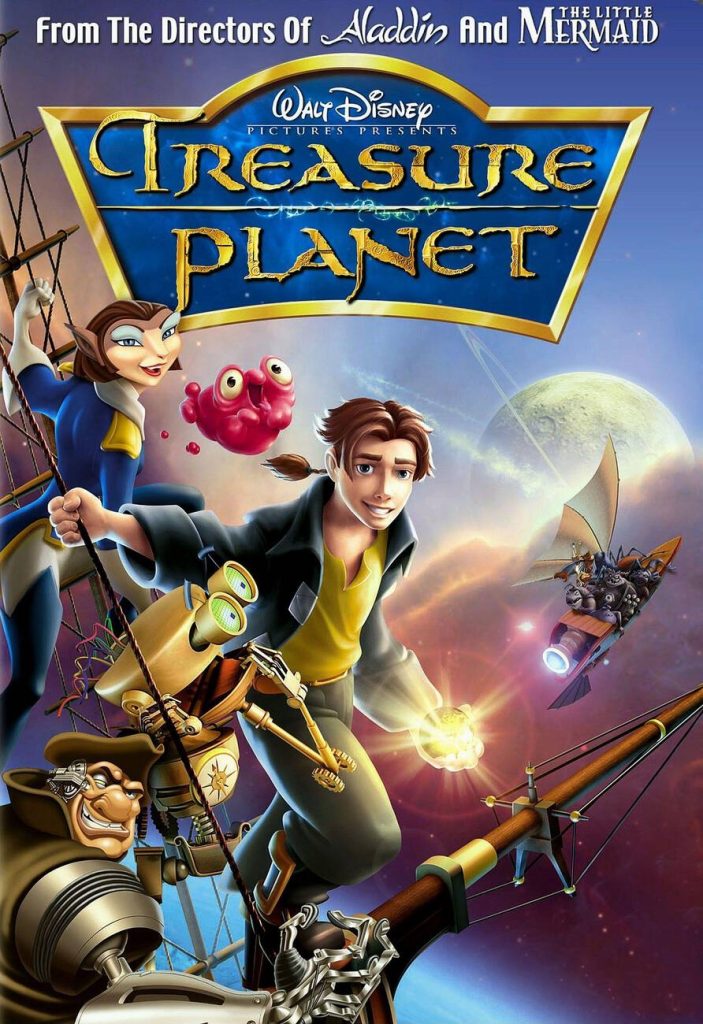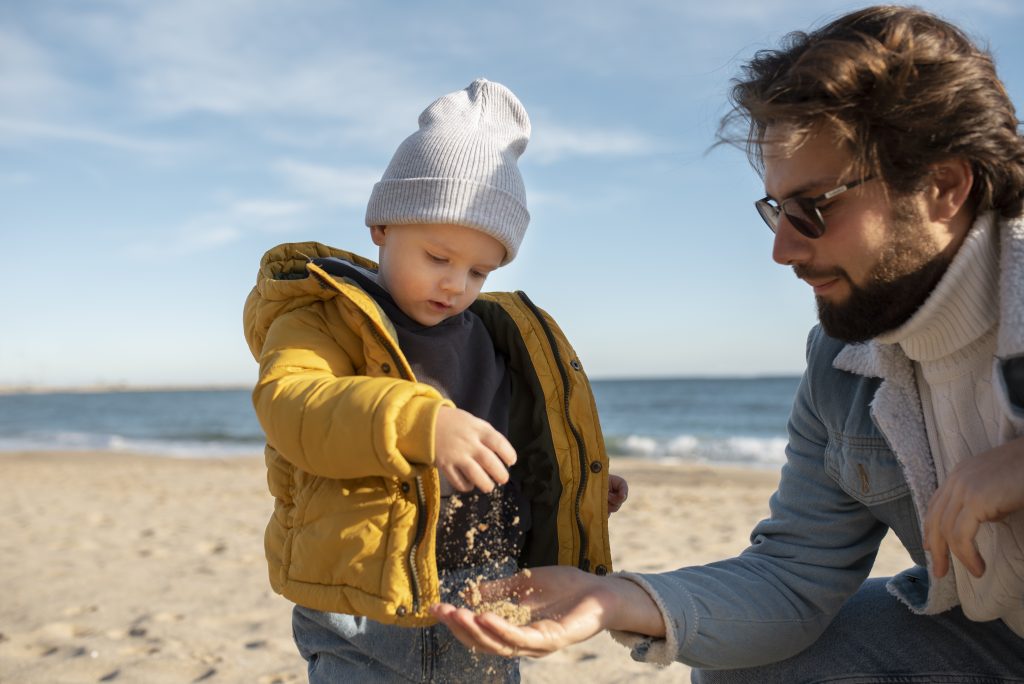If you’ve consumed any media or paid attention to the media industry in general over the past few years you might have seen that there has been a growing interest when it comes to documentaries. When it comes to documentaries one of the most popular genres of documentaries out there are those about nature including fauna and flora. As many people in governments around the world are starting to become more environmentally conscious and trying to preserve what world we have currently it’s no wonder that they are so appealing. One thing comes to mind though for many people when watching those documentaries. How can you get so close to your subjects in this environment without disturbing them and being able to capture such beautiful images? To understand the creative process behind nature documentaries we need to delve a little deeper into how they are made. So, let’s take a look at some of the behind-the-scenes nature documentaries.
Capturing the moment
Making documentaries is all about being able to capture the right moment or being able to snap the perfect picture. To be able to do so you either need to be extremely adventurous or extremely careful. Thankfully nowadays you don’t need to be as adventurous as you once were, and you can take some of the most amazing pictures or capture some of the most amazing footage from very far away. While it may seem like a given now it’s important to understand that not so long ago in our history most nature documentaries were made in a way where the documentary could control the environment and the animal was essentially a plating at the director’s beck and call. Thankfully though things have changed. Whether you’re trying to capture a lone polar bear on camera in the great Arctic or documenting the great wildebeest migration in Tanzania on film, you can do so without any contact thanks to high-quality lenses. It’s easier than ever considering that now we can both zoom extremely close with great lenses, but we can also digitally enhance images.
Sounds of the wild
So if documentaries are filmed from very far away you might be wondering how we can get sound. You might be incredibly surprised to learn that most animal sounds and nature sounds that you hear produced in documentaries are created by humans. Exactly like in movies or radio plays documentaries use Foley artists. These are incredibly talented artists who can use many items that you might not expect to create all kinds of sounds. They are able to recreate the brush of the wind in American tall grass as well as the African lion’s roar. Many of them know how to use daily use items to create sounds that you recognize instantly as the actual sound of what an animal is doing. Some common tricks that you can try at home to replicate or what these artists do are for example putting cornstarch inside of a leather glove and squeezing it to replicate the sound of snow under your boots or an animal’s paw. One of the most famous tricks is to use a simple pair of gloves to imitate the sound of a bird flying. Next time you watch a documentary on these sounds try to figure out what trick you would use to potentially recreate those sounds yourself.
Financing
One of the biggest issues that comes up when talking about making documentaries is the funding. In many cases, it can be quite difficult to acquire funding if your subject is not intimately linked to something that can provide any potential benefit to the government. One of the best ways that many people have found to get funding for their documentaries is to talk about the relationship between our interactions with nature and nature itself. This is why a lot of documentaries have the goal of teaching people how important it is to preserve our environment and protect these endangered species which are often the subject of documentaries. As many governments are trying to do their utmost to protect their environment and ecosystem there is a lot of funding that goes to documentaries that aim to sensibilize people to these causes. These documentaries are also great opportunities for the government to show that they are taking steps to better the environment in which the use documentary films are created. These documentaries can also serve as a promotional tool for the nature tourism of the country in which the documentary is filmed.





